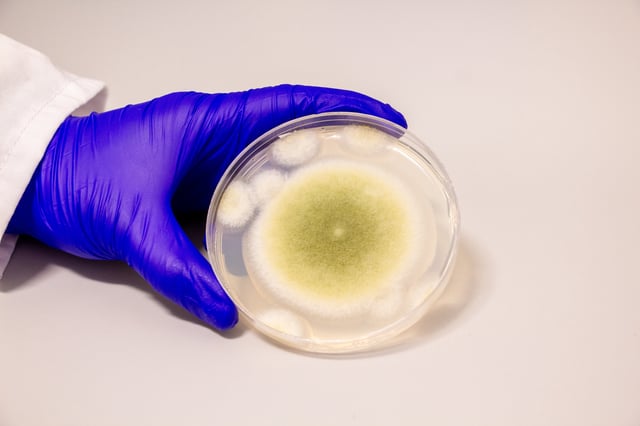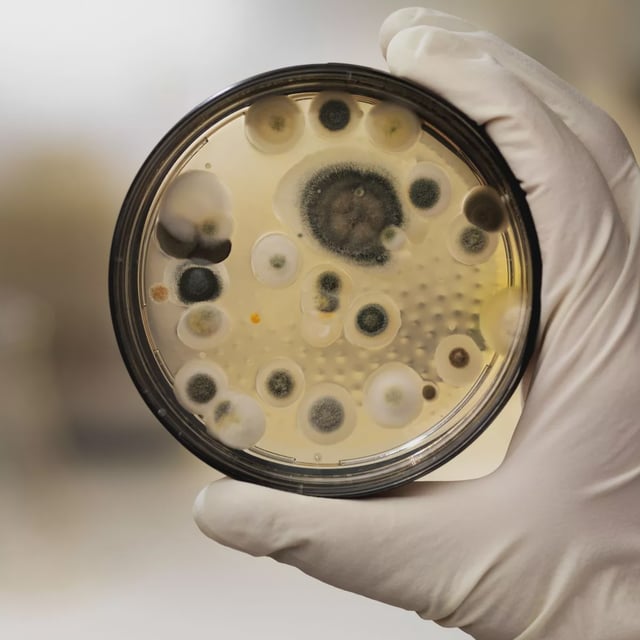Overview
- Penn-led researchers isolated a new class of ribosomally synthesized and post-translationally modified peptides, named asperigimycins, from Aspergillus flavus
- Two of the four asperigimycin variants showed strong unmodified activity against leukemia cells, and a lipid-modified version matched the efficacy of cytarabine and daunorubicin
- Experiments identified the SLC46A3 gene as a gateway that enhances asperigimycin uptake in leukemia cells and uncovered that the compounds disrupt microtubule assembly to block cell division
- Asperigimycins demonstrated specificity by having minimal impact on breast, liver and lung cancer cells as well as bacteria and fungi, indicating targeted action
- The team plans to advance asperigimycins into animal studies and expects this approach to unlock further bioactive fungal RiPPs for drug discovery

